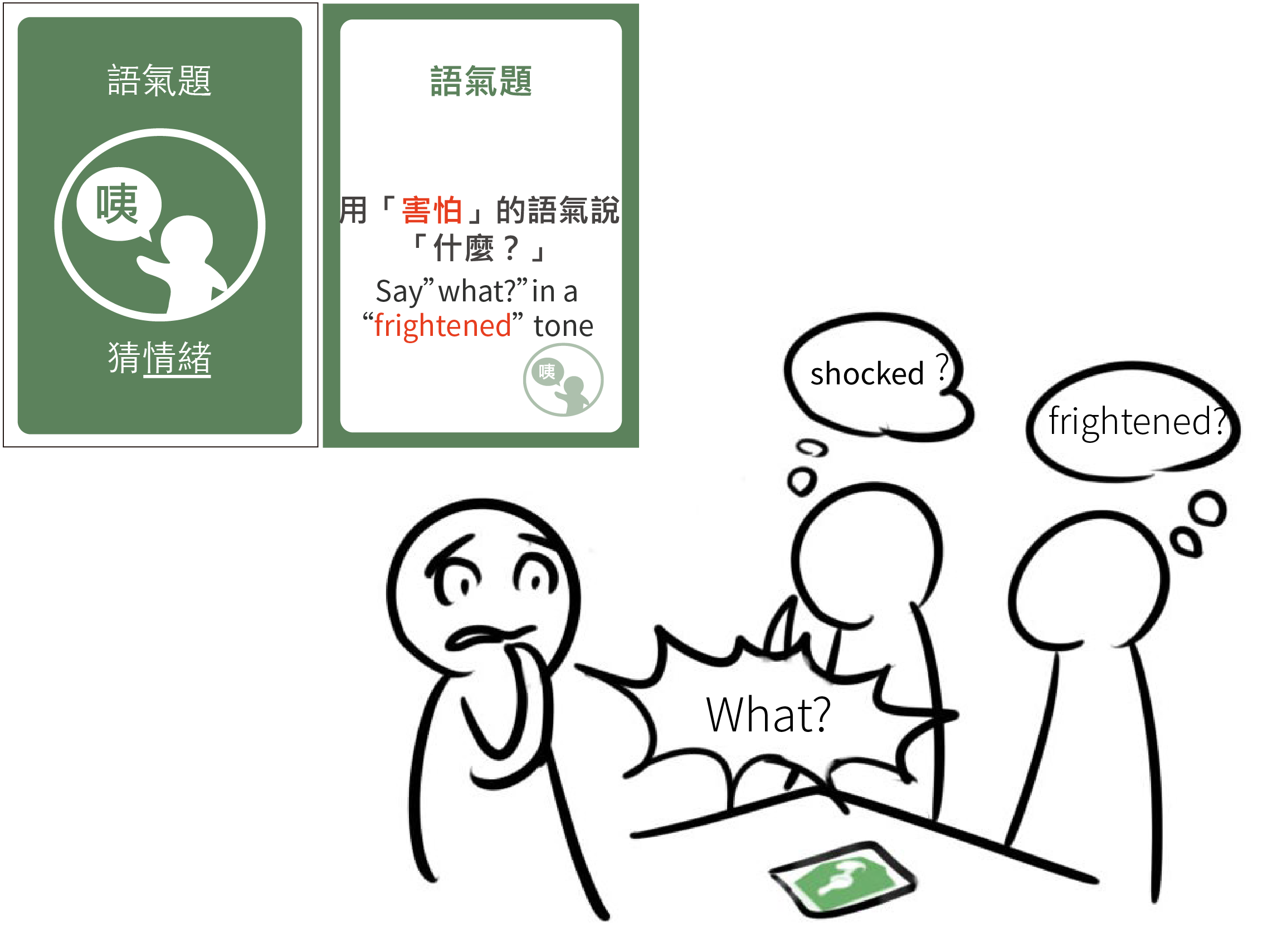Cognition Enhancement Board Game
Make Occupational Therapy Aids Fun for Elders (and Everyone!)
It is inevitable for cognitive functions to decline as one ages.
In Taiwan, nearly one-fifth of those above 65 have cognitive impairment issues. However, some of the elders might not feel the need for professional help, until MCI or dementia really hits them.
0.5%
Cognitive decline rate per year after 60
18.06%
Elders with Mild Cognitive Impairment (MCI) above 65 years old
7.71%
Elders with Dementia above 65 years old
To make occupational therapies enjoyable and easy to incorporate in everyday lives for the elders— we decided to turn them into a game!
Our game trains cognitive functions while offering a delightful game experience. Elders keep cognitively impairment at bay by simply having fun. Also, one of the best parts is…this game is not only entertaining for elders, but for every each of us!
How to Play
Here is our “story relay” board game. It is designed for all ages (7~100+), specifically the elders (65+).
Players: 2-6
Time: 20-30 minutes / round
First, one player follow the instructions on their card and perform specific actions to describe the keyword, while other players try to guess. After a player gets it right, the performer should continue the story relay based on that keyword. This is a fun and interactive way for players to complete an interesting story together and train specific cognitive functions.
4 Types of “Instruction” Cards, 6 Key Components to Train
A story begins with a “Beginning” card, which decides the first sentence of the whole story. Then, players should continue the story relay with a plot including the keyword shown on the card they want to deal. The winner goes to the player who deals out all of their cards first.
On the story cards, named “Instruction” cards, there are keywords with pictures and instructions – they show how a player should perform the keywords for others to make a guess. There are 4 different types of “Instruction” cards, each training specific cognitive functions.
4 Instruction Cards
1. Facial Expression
A player portray specific emotions with facial expressions. Others players guess what the emotions are.
Non-verbal Communication
3. Description
A player describe a specific word without mentioning it. Others players guess at the word.
Verbal Communication
2. Intonation
A player express specific words with specific emotions. Others players guess at the emotions.
Verbal Communication
4. Motion
A player silently describe a specific word with body language. Others players guess at the word.
Non-verbal Communication
6 Key Components
Besides training verbal and non-verbal communication, this game also improves semantic memory, abstract thinking, seeing and hearing: players are required to read the cards, to remember the keywords on them, to come up with a logical continuation for the story, as well as to watch and listen to the content created by other players.
Helpful and Enjoyable
To make this game as helpful as possible for elders, every sentence and keyword on the cards is designed to be relatable to their daily life, while making sure the game is fun to all ages; therefore, both the targeted elders and their caregivers could enjoy the game — as well as enhancing cognitive functions — as frequent as they want.
“That’s my favorite one.”
During 2 test rounds with our target players, we got a lot of creative stories and laughter. With the delightful game experience and the compliments we received, we believe we have succeeded in making occupational therapy aids fun for elders!
Cognition Training
4 types of specific instructions effectively train various cognitive functions
Easy to Play
Designed according to the elders’everyday lives to encourage creativity
Social Interaction
Highly-interactive coopetition gameplay to foster social connections between elders, creating a sense of belonging
Fun for Everyone
Competitive yet enjoyable game experience for both target audience and caregivers
Duration
2020/03 – 2020/06
Lead Instructor
Prof. Hui-Fen Mao
Team Members
Hsin-Ming Chao, Chu-Li Hsu, Kuan-Chen Lu, Wei-Han Hsu, Hai-Tung Chang
Our team built this game for the course Modality Design and Application for Elderly, held by NTU Occupational Therapy and NTUT Industry Design. The game got voted as the best one in class by all the test subjects, professors and classmates.
# Personal contribution: user research, user manual, gameplay development, card design (beginning, ending, function, hint), prototype testing, timeline establishing & task assigning
























